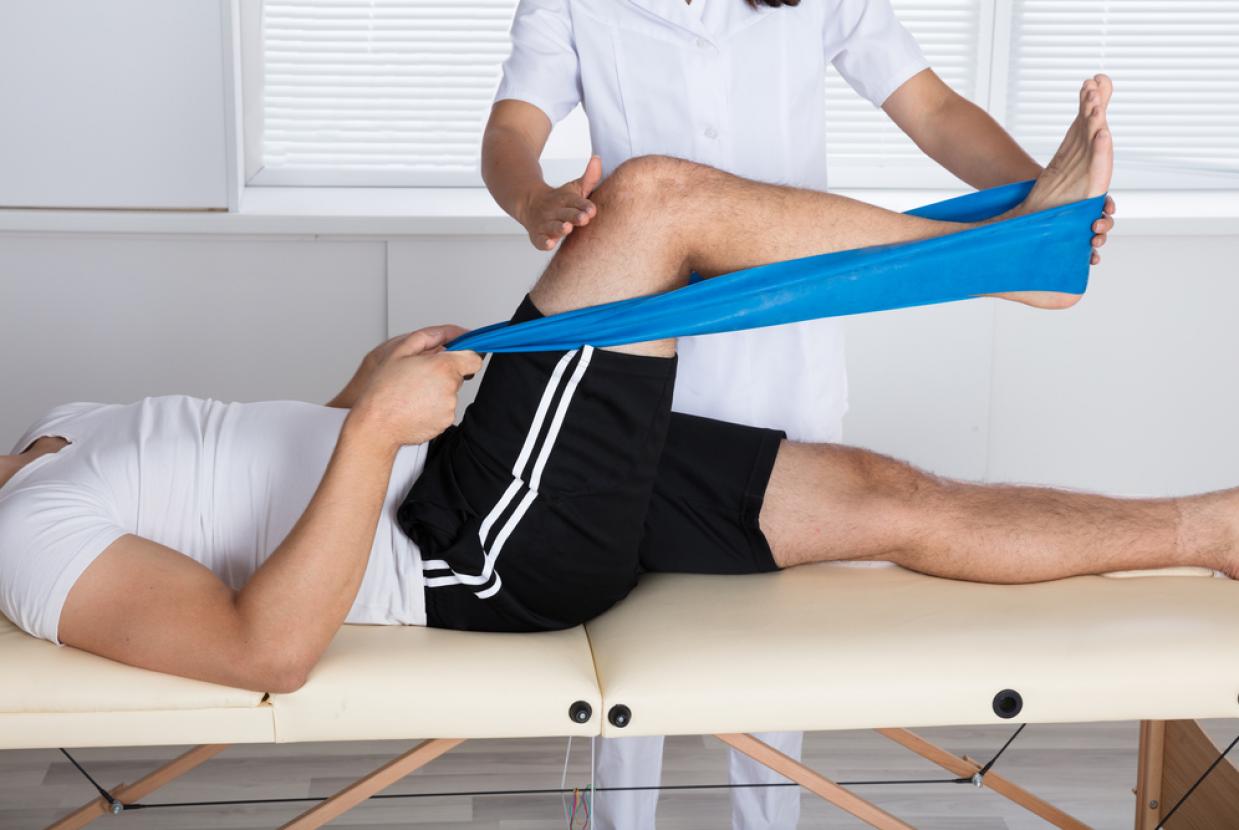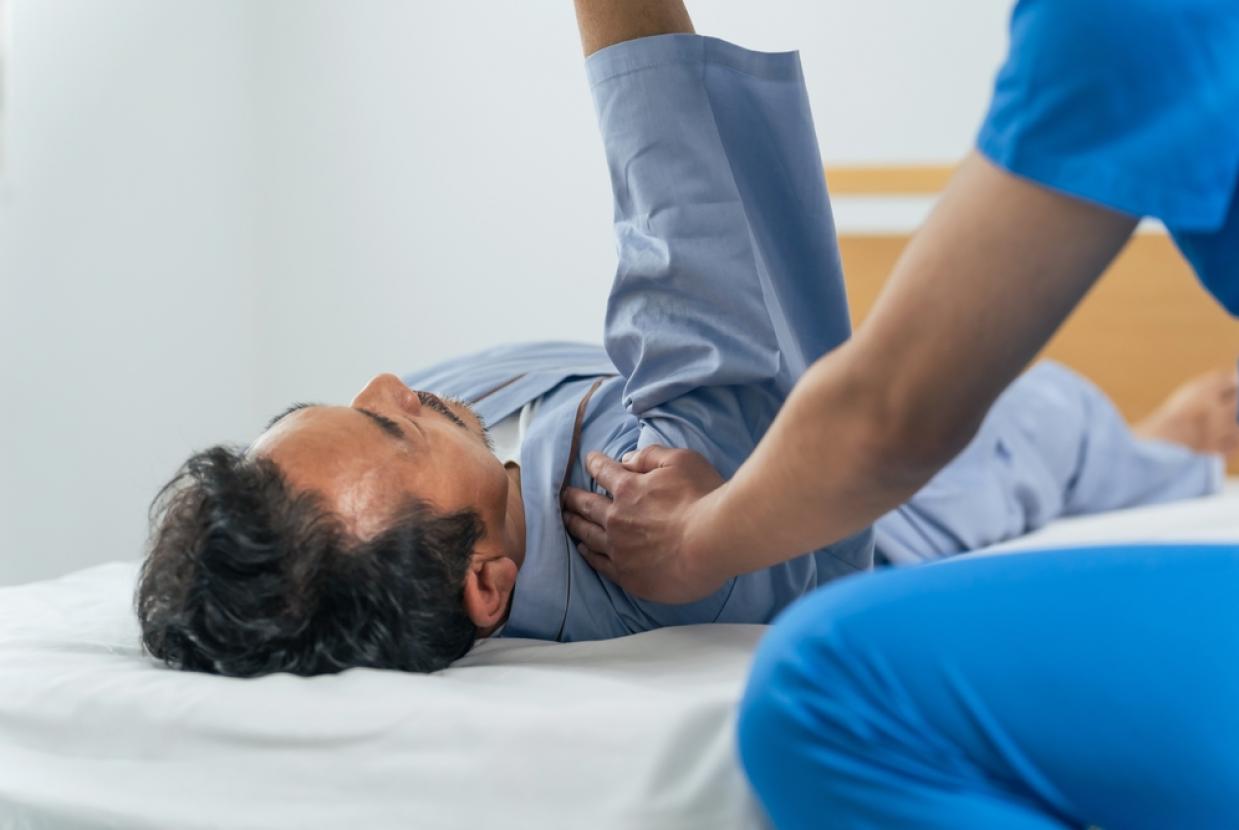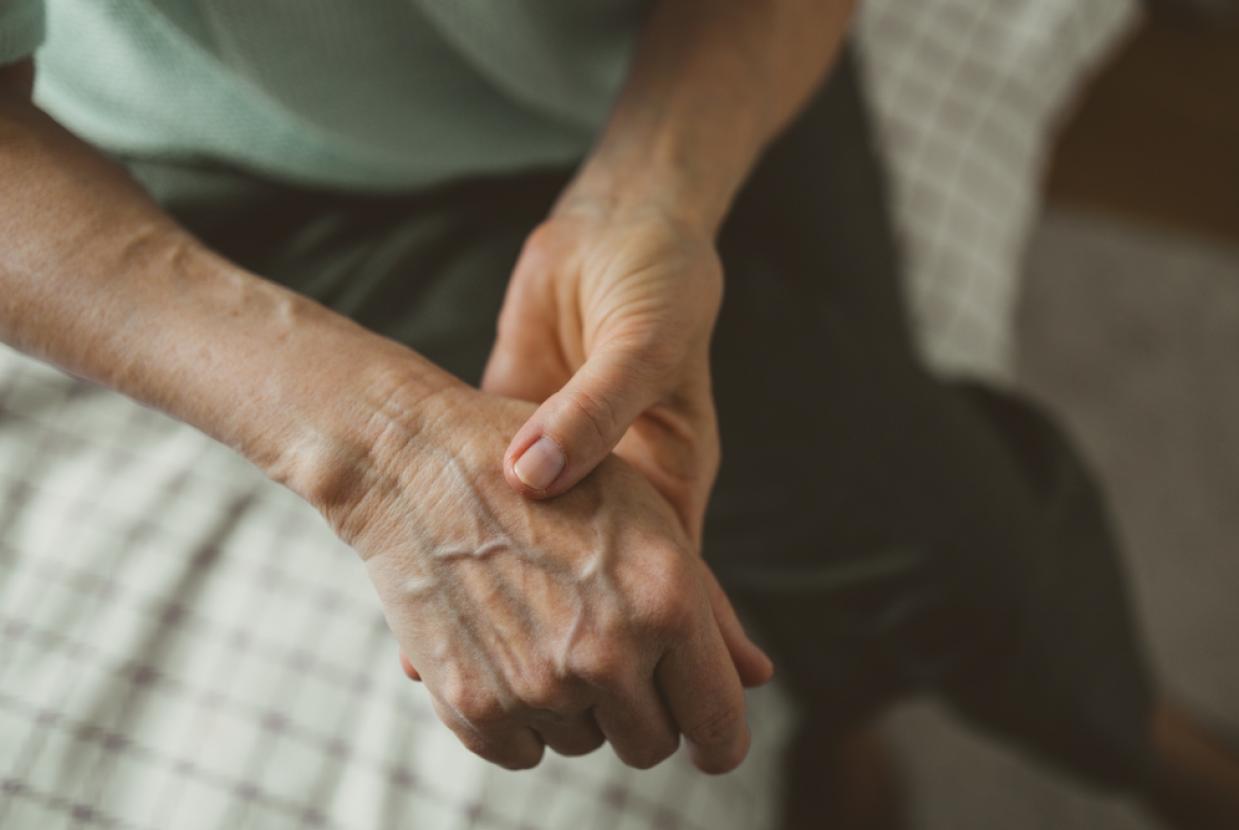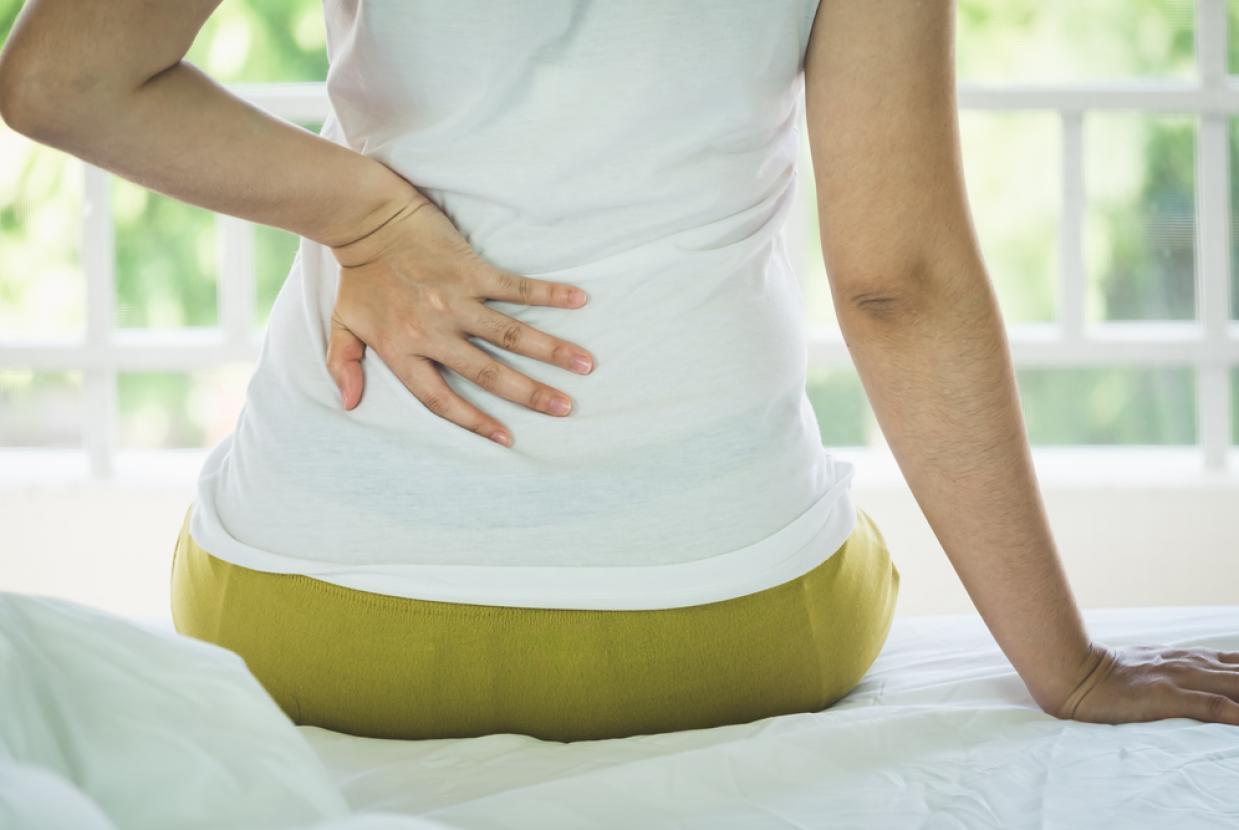Managing Symptoms
Although there’s no cure for osteoarthritis yet, there are treatments that can provide relief from the symptoms and allow you to get on with your life. These include:
- lifestyle changes
- pain relief medications
- physical therapies
- supplements and complementary treatments.
Physical activity
Many people worry that exercising will increase their pain and may cause further joint damage. However, while resting painful joints may make them feel more comfortable at first, too much rest can increase stiffness. You shouldn’t be afraid to use your joints. If pain makes it difficult to get started with exercise, you could try taking a painkiller such as paracetamol beforehand. And if you feel you’ve overdone things a bit, try applying warmth to the painful joint – or if it’s swollen, applying an ice pack may help.
If you haven’t done much exercise for a while you might want to get advice from a physiotherapist. They’ll be able to help you work out a programme that works for you. The most important thing is to start gently and build up gradually. There are three types of exercise you should try to include:
Range of movement exercises
These exercises involve taking joints through a range of movement that feels comfortable and then smoothly and gently easing them just a little bit further.
Strengthening exercises
These are exercises performed against some form of resistance to strengthen the muscles that move and support your joints. You could use light weights, a resistance band or try exercising in water.
Aerobic exercise
This means any physical activity that raises your heart rate and gets you breathing more heavily. This type of exercise burns off calories, so it can help if you need to lose a bit of weight. It can also improve your sleep and help to reduce pain.
Walking, cycling and swimming are all excellent forms of exercise for people with arthritis. Or you could try an exercise bike or cross-trainer. Walking laps in the shallow end of a swimming pool is also great for strengthening leg muscles.
Hydrotherapy or aquatic therapy pools are warmer than normal swimming pools. The warmth is soothing and relieves pain and stiffness, while the water supports your weight but still offers some resistance for muscle-strengthening exercises.
Weight loss and diet
If you’re overweight, then losing even a small amount of weight can make a big difference to your symptoms – especially for weight-bearing joints (the hips, knees, back and feet).
The best way of losing weight is by following a healthy, balanced diet. Cut down on the number of calories you get from high-fat and sugary foods, but make sure that you’re including all the key food groups in your diet so you don’t miss out on essential nutrients. Gradually increasing how much physical activity you do will also help with weight loss.
There isn’t a specific diet that’s been proved to help with osteoarthritis. If you think a certain food might be making your symptoms worse then it’s best to test this by not eating the food for a few weeks and then reintroducing it. Be cautious about any diet that claims to cure arthritis or that suggests cutting out a particular food group completely.
There’s some research to suggest that oily fish, or oils produced from fish, may help with the symptoms of some forms of arthritis, especially rheumatoid arthritis. But increasing your intake of oily fish or taking a supplement might also be worth trying if you’re interested in using diet to manage osteoarthritis.
Medications
The drugs usually taken for osteoarthritis won’t affect the condition itself, but they can help to ease the symptoms of pain and stiffness.
NSAID creams and gels
Non-steroidal anti-inflammatory drugs (NSAIDs) are available as creams, gels or patches that you apply directly to the skin. Ibuprofen and diclofenac gels are available over the counter at pharmacies and supermarkets. Others, such as ketoprofen, are only available on prescription. Creams, gels or patches work well for some joints, especially the knees and hands, but may not work as well for joints such as the hips, which lie deeper below the skin.
Capsaicin cream
Capsaicin cream is made from the pepper plant (capsicum) and is an effective painkiller. It’s particularly useful for knee and hand osteoarthritis. It’s only available on prescription. It needs to be applied regularly three times each day. The pain-relieving effect starts after several days of regular use and you should try it for at least two weeks before deciding if it’s helped.
Paracetamol
Paracetamol is usually recommended as the safest type of pain relief tablet to try first. It’s best to take them before the pain becomes very bad. Paracetamol is readily available over the counter at pharmacies and supermarkets – and there’s no advantage in paying for more expensive brands.
Non-steroidal anti-inflammatory drugs (NSAIDs)
NSAID tablets are generally stronger pain-relievers than paracetamol. The most common is ibuprofen, which is widely available over the counter in pharmacies and supermarkets. You can try these for 5–10 days – if they haven’t helped after this time, then they’re unlikely to.
If you need them, your doctor may prescribe:
- higher doses of ibuprofen
- stronger NSAIDs such as naproxen or diclofenac
- a newer type of NSAID, such as celecoxib or etoricoxib, designed to reduce the risk of ulcers and bleeding in the gut.
If your doctor prescribes an NSAID, they’ll usually prescribe a drug called a proton pump inhibitor (PPI) as well to help protect the gut. Examples of PPIs are lansoprazole and omeprazole.
Stronger pain relief
If you find that paracetamol or NSAIDs don’t give good enough pain relief, you should speak to your doctor about other options. Your doctor may suggest using:
- paracetamol in combination with an NSAID. However, you shouldn’t take ibuprofen as well as a prescription NSAID.
- a drug such as co-codamol, which contains paracetamol and codeine. These are normally only used for very short periods because they have a higher risk of side-effects.
Steroid injections
Injections of a long-acting steroid may be given directly into a particularly painful joint, especially the knee or thumb. The injection often starts to work within a day or so and may improve pain for several weeks or months. Steroid injections are mainly used for very painful osteoarthritis, or for sudden, severe pain caused by crystals in the joint.





























































